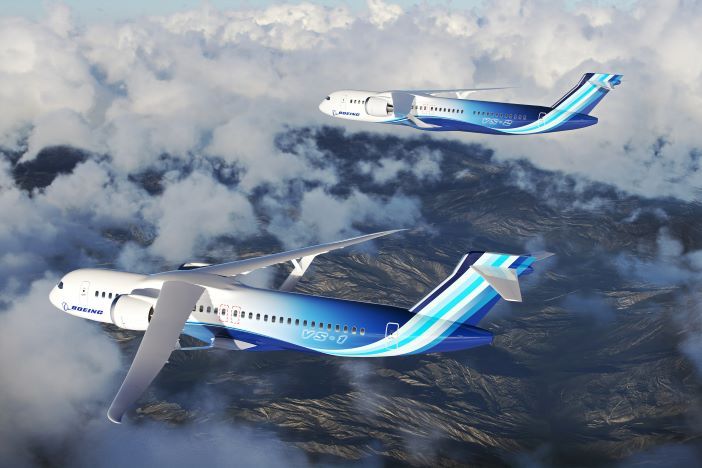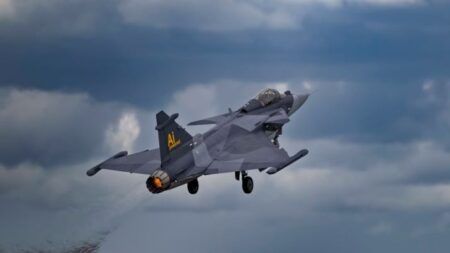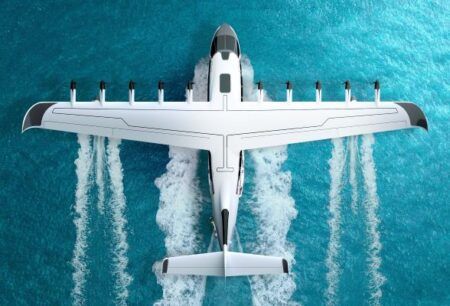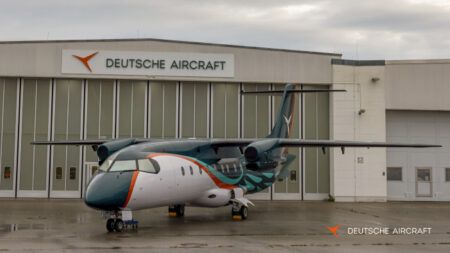NASA has selected Boeing to lead the development and flight testing of a Transonic Truss-Braced Wing aircraft that will reduce emissions during flight by 30% compared to today’s single-aisle airliners.
The seven-year US$725 million Sustainable Flight Demonstrator (SFD) program will see Boeing and NASA build, test and fly a full-size demonstrator aircraft to validate the wing concept’s design alongside other emissions-reducing systems.
Flight testing of the TTBW is planned to start in 2028 so that the technologies it develops can be incorporated into the next generation of single-aisle aircraft expected to enter service in the 2030s.
The Transonic Truss-Braced Wing (TTBW) aircraft features extra-long, thin wings stabilized by diagonal struts. This design should result in less aerodynamic drag and a more fuel-efficient aircraft.
The ultrathin wings with larger spans and higher-aspect ratios could also accommodate advanced propulsion systems that are limited by a lack of underwing space in today’s low-wing airplane configurations.
The TTBW airframe has been in development since 2009 under NASA’s Environmentally Responsible Aviation program. Since then, the design has undergone wind tunnel testing and digital modeling as part of NASA and Boeing R&D programs.
The full-size demonstrator will use elements from existing aircraft and integrate them with all-new components.
The SFD program is receiving US$425 million of US Government funding, with Boeing and industry partners contributing the remainder. As part of the agreement, NASA will also contribute technical expertise and access to its facilities.
Greg Hyslop, Boeing chief engineer and executive vice president of engineering, test and technology said, “The SFD program has the potential to make a major contribution toward a sustainable future,”
“It represents an opportunity to design, build and fly a full-scale experimental plane, while solving novel technical problems.”
According to NASA single-aisle aircraft, like the Boeing 737 or Airbus A320 account for nearly half of worldwide aviation emissions.
NASA sees the technology flown on the demonstrator aircraft as combining with other advances in propulsion systems, materials and systems to reduce fuel consumption and emissions by up to 30% relative to today’s most efficient single-aisle aircraft.
Bob Pearce, NASA associate administrator for the Aeronautics Research Mission Directorate said, “The Transonic Truss-Braced Wing is the kind of transformative concept and investment we will need to meet those challenges and, critically, the technologies demonstrated in this project have a clear and viable path to informing the next generation of single-aisle aircraft, benefiting everyone that uses the air transportation system.”
The Transonic Truss-Braced Wing concept is one of several concepts to be put forward as candidates for further development on the SFD program.





